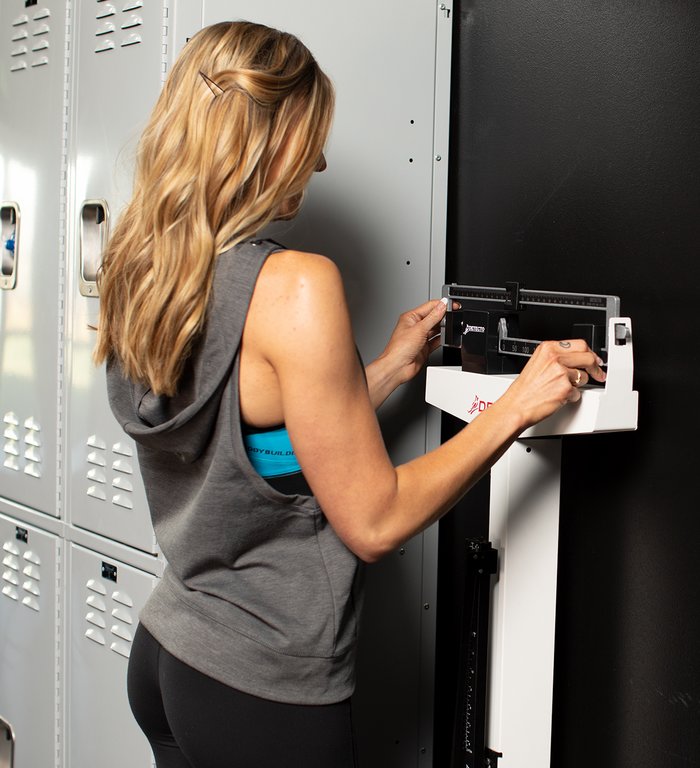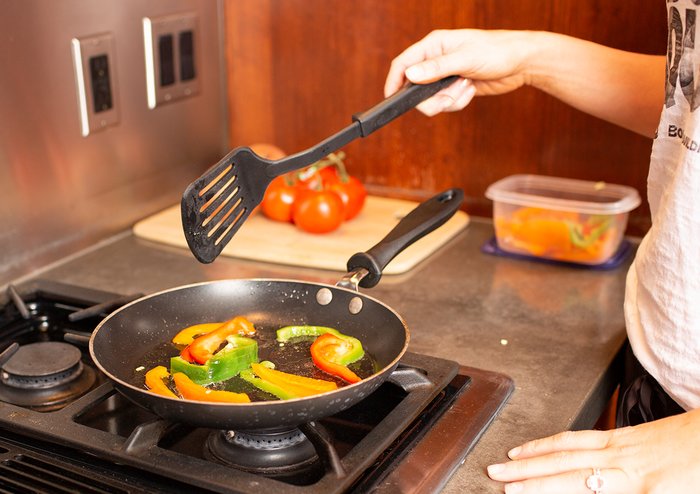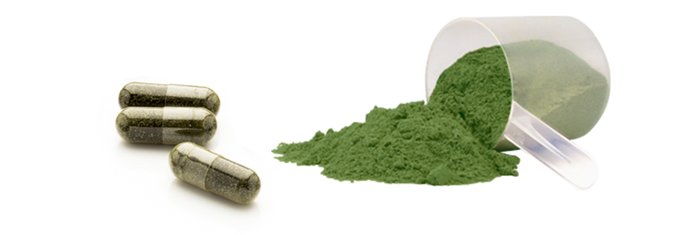Reverse dieting is exactly what it sounds like: a diet turned upside down. Instead of cutting calories and ramping up time spent on the treadmill, you increase metabolism by gradually adding calories back into your diet while reducing cardio.
Team Bodybuilding.com athlete Desiree Scoggin shares her hard-earned expertise after nearly two years of following a reverse dieting plan.
"I'm starting prep (cutting calories) for the first time since 2016," she explains. "I've been bulking/reverse dieting for two years, and I'm really excited to see what I've built in the past 17 months."
More than anything, though, Scoggin wants to show you that taking time off does wonders for your body, particularly when you reverse diet.
"A lot of people look at me funny when I say that I eat 2,300-3,000 calories a day and still look the way I do," she admits. "The number-one question I am asked is, 'How do you do that?'"
How to start a reverse diet
First off, food is fuel, not something to fear. What's more, calorie totals are relative to each person's activity level, muscle mass, and goals. If you're someone who has been cutting for 8-16 weeks, now is a great time to transition into reverse dieting.

Your training style does not have to change if you're on a reverse diet, because whether you gain or lose weight depends on whether you're in a cut, a bulk, or a maintenance phase. It all comes back to diet.
"I prefer hypertrophy-focused training with a snippet of strength training thrown in for good measure," says Scoggin. "But for the most part, I like to keep my reps and intensity high so that during my workout I can get a little bit of cardio in without stepping on a treadmill."
During a reverse diet, the key is adding calories back in slowly. The exact number will vary by individual. As Scoggin puts it, "What's going to work for you is going to work for you, and what works for one person may not work for another."
How to tell if your reverse diet is working
To see if the changes you've made to your diet are working, you really just need to listen to your body and see how it's responding, and that all comes down to the weekly check-in.
Pick a day during the week where you can take a moment to evaluate the preceding week. On your check-in day, weigh yourself in the morning, preferably fasted.
"I recommend weighing yourself daily," explains Scoggin. "Then you'll see that your weight does in fact fluctuate throughout the week, and you'll be less likely to panic if you see a pound up on the scale or a pound down, because you'll know what's going on. "
Weighing yourself daily also helps you trace back to what you've been doing during the week. For example, if you eat at Chipotle on Tuesday and you're up in weight on Wednesday, you now know that Chipotle bloats you. Tracking your weight throughout the week gives you a better understanding of what certain foods do to your body.
What happens when you add calories
The key to reverse dieting is to add food, which can be scary and unfamiliar to someone who's been dieting for a long time. Many reverse dieters actually lose weight as they add on calories, which can lead to confusion.

"Basically, your body can be in such a starvation mode that it ends up stalling," explains Scoggin. "When you start to feed your body food again, your metabolism ramps back up and you end up losing weight."
When you begin a reverse diet, you might also see a change in your body shape that isn't reflected by the number on a scale.
The bottom line is this: Just because you start adding calories in does not mean you're going to start automatically gaining or losing weight. Body composition changes in response to reverse dieting vary from person to person.
The benefits of reverse dieting
Scoggin is quick to point out that improvements in body composition are just one of many benefits with reverse dieting.
"The beautiful thing about reverse dieting is that you're increasing your metabolism and your caloric intake," she says. "This means your energy improves, you're feeling good, your gym lifts are crazy—and you can start enjoying a little bit more food with a lot less restriction."
Basically, instead of having to eat nothing but veggies and chicken each day, reverse dieting gives you the caloric leeway to eat more of your favorite foods and feel better doing it.
Increasing your calories through reverse dieting also helps broaden your horizons and take in more food.
"I've had clients try to explain to me they can only eat 1,300 calories and their body doesn't do well with carbs," says Scoggin. "I tell them, 'Trust me, your body does well on carbs.' I love showing my clients they can eat 200 grams of carbs per day and not gain weight. That's because your body needs it."
To gain the full benefits of reverse dieting, she explains, you need to keep an open mind, because you'll need to experiment with your body to see what works.

Weight gain and reverse dieting
You're typically going into a reverse diet knowing that you're going to gain weight—and even wanting to gain weight. Many people—including Scoggin—use reverse dieting for their bulking phase.
"This isn't the time to panic and ask yourself, 'Why am I gaining weight?'" warns Scoggin. "Gaining weight is what you sign up for when you start reverse dieting."
Yes, it can be tough psychologically to gain weight. This is especially true post-competition, when you're in the best shape of your life. It can be discouraging if you haven't seen results and now someone is telling you to consume more, not less, food. But, as Scoggin explains, sometimes to go forward, you have to take a few steps backward. If what you've been doing isn't working, that's a sign you need a restart. As she puts it, "The only way to restart your metabolism while keeping your health in check is with reverse dieting."
Are reverse dieting and bulking the same thing?
In a word, yes, because when you want to build lean mass, you need to be in a caloric surplus.
"If you just want to reverse diet back up to your maintenance calorie level, that's fine and completely up to you," explains Scoggin. "But, if you want to take advantage of the reverse diet and really start pushing some heavy weight, getting in higher-rep volume training, and getting in more days at the gym, then reverse dieting definitely will come to look more like a bulking phase."
And frankly, bulking really shouldn't scare you, because the more lean mass you put on, the higher your basal metabolic rate (BMR), the rate at which you expend energy when you are at rest. When you gain more lean mass, that muscle naturally burns more calories every day. That's why adding calories through reverse dieting can be a very good thing.
Potential pitfalls of reverse dieting
Reverse dieting is something you can do for as long as you want. There are no negative side effects to it, so long as there is a time limit. The only thing that could happen is if you keep upping your calories to the point where your digestive system slows down due to the sheer volume of food you're taking in. This can be fixed by cycling reverse dieting phases with maintenance and cutting phases.
To avoid any negatives from reverse dieting, Scoggin recommends taking in at least 20 grams of fiber per day. What's more, she recommends choosing clean, healthy foods and keeping digestion a priority by taking probiotics and consuming a greens drink every morning.

"Reverse dieting can be an awesome experience," she explains. "It's a time to relax, sit back, give your body some extra nutritional love, and reap the benefits of extra lean mass. My reverse diet lasted 16 and a half months, and in that time, I was able to create so many amazing memories because I didn't always have to have the food scale with me. It was a time for me to reset mentally."
Here are Scoggin's four key takeaway points from her reverse dieting experience:
- Increase calories weekly, and check in weekly to make sure your body is progressing the way that you want. Decrease cardio simultaneously, taking it down to little to no cardio after 4-6 weeks.
- No foods are inherently bad foods. If you think you can't handle carbs or fat, this is your chance to experiment and find out what does actually work for your body.
- Make sure your digestion is in check by supplementing daily with a probiotic and a greens drink, and by tracking your daily fiber intake. Aim for 20-25 grams of fiber daily.
- Keep an open mind with reverse dieting. Make sure you objectively track progress, and don't rely exclusively on the scale to track changes.


